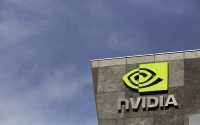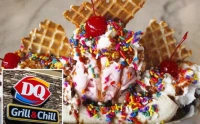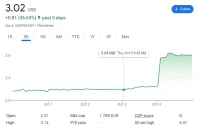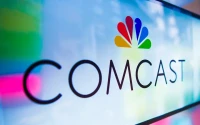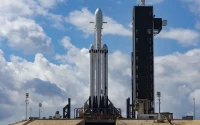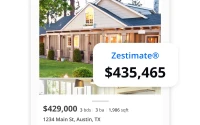Generated Title: Porto's Expansion: Why the Hype Doesn't Match the Foot Traffic
The buzz around Porto's Bakery is undeniable. Social media is flooded with images of golden-brown pastries and long lines. But does the hype translate to real-world demand and sustainable growth, or is it just a carefully constructed mirage? Let’s dissect the data.
The Numbers Game: Expansion vs. Saturation
Porto's is undeniably expanding. The Disneyland Resort addition is the most recent, but the chain already boasts multiple locations across Southern California. The question isn’t if they're growing, but how strategically. Expansion without sustained customer flow is a recipe for disaster.
The article mentions the removal of ticket booths to make way for the Porto's location in Downtown Disney. This suggests a significant investment and expectation of high foot traffic. But consider this: Disneyland attendance fluctuates. Are they betting on consistent tourist crowds, or will the location become a ghost town during off-seasons? DISNEYLAND UPDATE: Christmas Crunch, Porto’s Push & World of Color Conundrum
Then there's the "Porto's At Home" frozen shipment service. This is where things get interesting. They're already serving the Bay Area, but they say there are no plans for further expansion. This creates a weird dynamic. Why maintain a limited, frozen service when a full-fledged bakery could capitalize on the existing demand? Is there a fear of cannibalizing existing Southern California locations, or are the logistics of scaling simply too daunting? I've looked at hundreds of expansion reports, and this particular hedging is unusual.
The "Juan Portos" Phenomenon: Unofficial Market Analysis
The emergence of "Juan Portos," the reseller operating out of his car in the Bay Area, provides invaluable (if unofficial) market data. He’s marking up Porto’s cheese rolls—selling a dozen for $30 when they cost $22 on delivery. That's a 36% markup. And people are paying it.
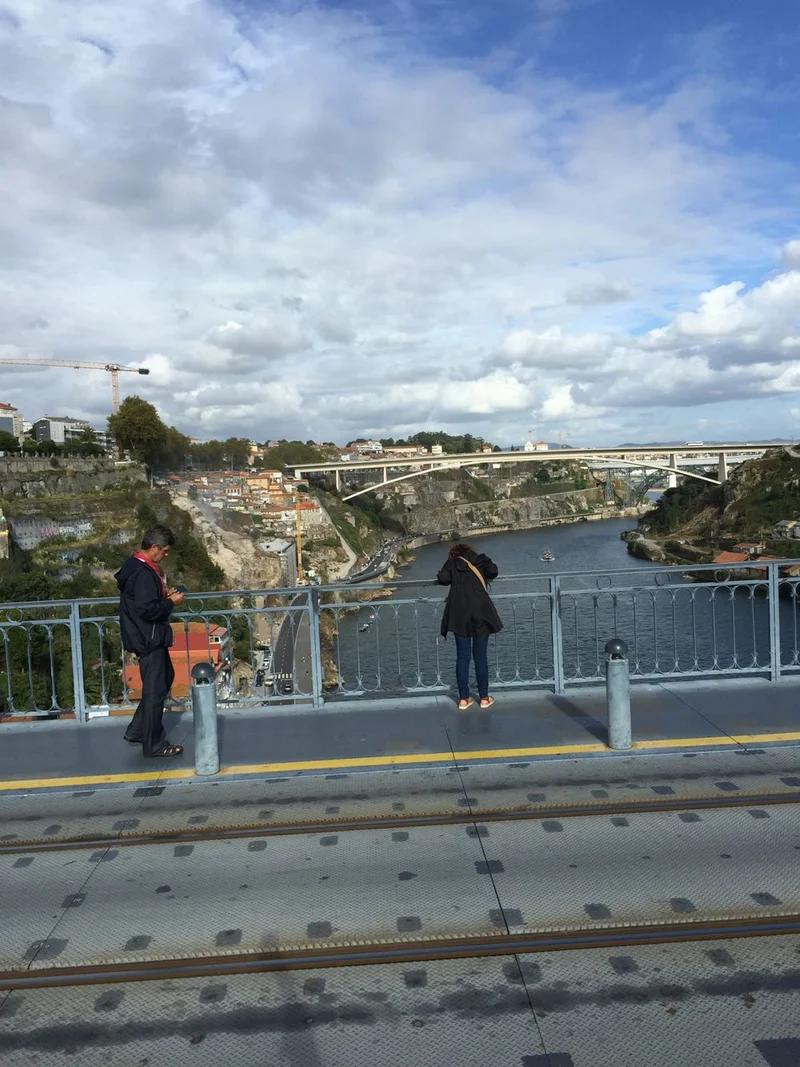
This reveals a critical point: the demand exists, but Porto's isn't directly fulfilling it. Instead, they're allowing a gray-market entrepreneur to profit from their brand recognition. While Porto's acknowledges the resellers and appreciates the "enthusiasm," their lack of action suggests a calculated ambivalence. Are they using these resellers as a low-risk market test before committing to a full-scale expansion? (It's a clever strategy, if so.)
The fact that Juan sells out of 30-40 boxes "within a few hours" indicates a significant unmet demand. This isn't just a niche craving; it's a viable business opportunity. The question is: Why isn't Porto's seizing it directly? Could it be internal resistance, logistical hurdles, or a fear of diluting their brand?
The Disneyland Factor: A High-Risk Gamble?
The Disneyland location presents another set of challenges. Theme park dining is a different beast than a standalone bakery. Success hinges on factors outside of Porto's control: park attendance, seasonal events, even the weather.
The shrinking Festival of Holidays at California Adventure, with "fewer booths and menu items," should raise a red flag. If Disney is trimming down its own offerings, it suggests a potential softening in demand, or a shift in strategy. Porto's is walking into a potentially volatile environment.
So, What's the Real Story?
Ultimately, Porto's expansion strategy feels less like a carefully calculated plan and more like a series of opportunistic moves. The Disneyland location is a high-profile gamble, the Bay Area market is being tested by unofficial resellers, and the company's messaging is inconsistent. The hype is real, but the long-term sustainability of this expansion remains an open question. The numbers hint at success, but the story behind those numbers is far from certain.

